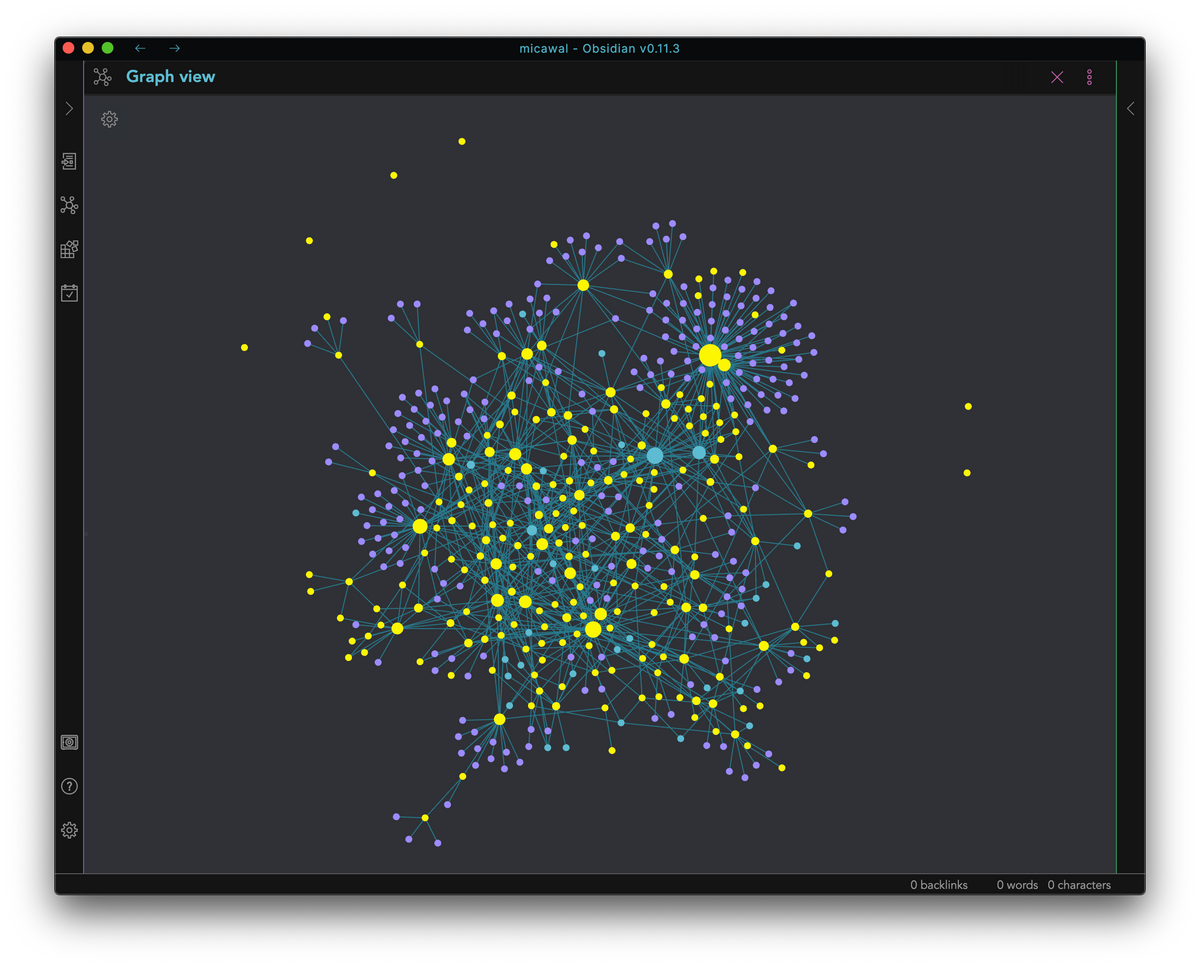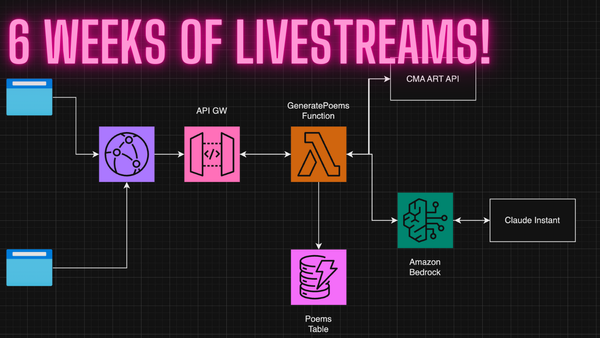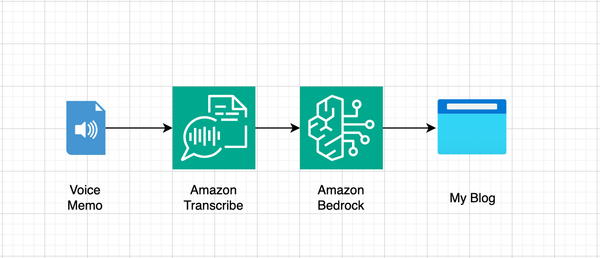Notes on Notes

I noticed David was Tweeting about taking notes yesterday, and it got me thinking that I might like to share a little about how I've been taking notes lately, and specifically how I approach notes for meetings vs. studying or anything else.
Firstly, I've switched to a great app called Obsidian. It's one of many mind-mapping, note-making apps out there, but I liked this one in particular because it simply generates Markdown files on my hard drive. This was especially important to me for my new job because I wanted a system that didn't rely on storing anything in someone else's cloud. You know, for security reasons!
Obsidian is a really nice (and free!) Markdown editor that comes with an extensible plug-in community as well as a bunch of additional bells and whistles.
I currently have two Obsidian "Vaults" -- one for my work stuff, which is stored on our internal Amazon Workdocs Drive (so I can sync between a couple computers I use or a virtual desktop if I need to) and the other is for more personal stuff which sits on my personal Dropbox folder.
Within my work vault, I basically do a handful of note-taking activities.
I keep a daily note. This is generated by an Obsidian plug-in and uses a very simple template like the one I've pasted below. In the daily note I write down a "highlight" each morning, which is the thing I want to focus on for the day. Throughout the day I also keep track of meetings and interactions I have or anything I accomplish as "Changes." I also have a few other headings for other kinds of notes that might materialize throughout the day like notes taken on paper or with my iPhone camera, or any tasks that come up in conversation.

The daily note is like a diary of what I did each day. It's meant to be pretty loose and messy and a nice way to roll up tasks I need to chase later (there's a nice Obsidian plug-in for this). Within the daily note I will typically add links out to new pages for meeting notes. I keep a meeting note for just about every meeting as a stub. Often I wont really put anything in a meeting note, especially if it was just an open discussion with someone that didn't result in any action items, but it's nice to have the stub there as a reminder that the meeting took place.
Meeting notes are hard. This was the topic of David's tweet. What do we really want to capture as stakeholders in a meeting? I used to approach this as if I were assigned to take minutes of the meeting--some kind of document meant to be shared with the rest of the participants that basically explains what was said and by whom. However, I found this wasn't very useful to me, and I rarely referred back to the notes or shared them with anyone.
So, lately I've been doing something different. Instead of writing down what was discussed, I write down questions I have about what is being discussed. In some cases those answers might reveal themselves throughout the conversation, but in many cases they wind up being things I need to follow up on, either by doing some personal homework or by asking someone for clarification about what they were talking about. I find that chasing up the answers to my list of questions helps me crystallize the purpose and content of the meeting and helps me develop a deeper understanding of the intent of the meeting.
Obsidian also has the advantage of mapping topics. As I go through my notes, I add double brackets to terms or ideas or people to create a map like the one you see at the top of this post. It's a nice way to get a visual sense of where my focus has been and where my deficits are. For example, I can easily see that I have a pretty good cluster of ideas from notes I took on a certification I was studying for recently, but I have less connections of those topics to other places like things happening in meetings. Perhaps this is because I haven't begun to overlap these two areas of thought yet. At the end of each month I take a snapshot of my graph so I can track how things have evolved over time. Cool, right?


